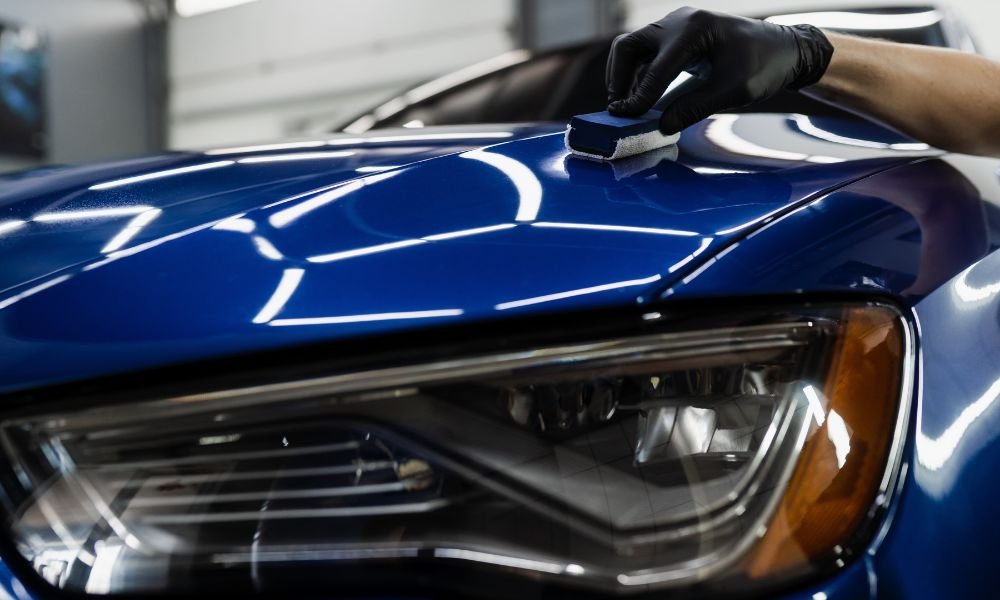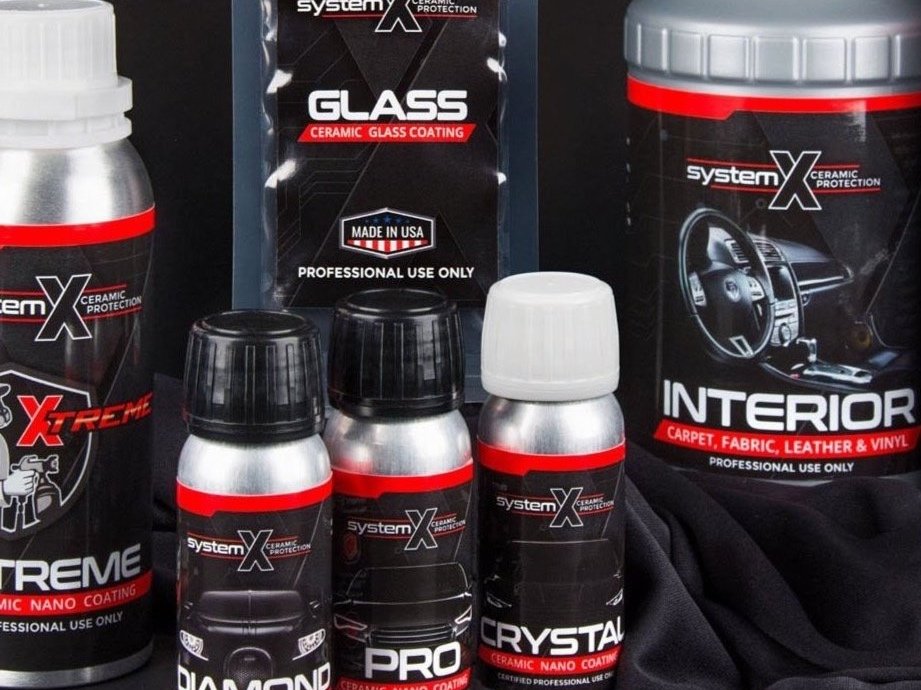Frequently Asked Questions About Ceramic Coating Philadelphia Services Answered
Frequently Asked Questions About Ceramic Coating Philadelphia Services Answered
Blog Article
Why Ceramic Coating Is the Ultimate Solution for a Remarkable Complete
Ceramic layer has emerged as a leading solution for those looking for a perfect finish for their cars, many thanks to its amazing sturdiness and protective functions. What factors genuinely set ceramic layer apart?
What Is Ceramic Layer?

When applied appropriately, ceramic layer creates a hydrophobic surface that fends off water and dust, making it less complicated to preserve and clean up. Unlike conventional waxes or sealers, which commonly provide short-lived security, ceramic coverings can last for a number of years, depending on the product high quality and application technique. The process of applying ceramic finishing needs precise preparation, including thorough cleaning and often repaint correction, to make sure ideal bonding and efficiency.
Ceramic coverings are not restricted to automobile surface areas; they can additionally be used on numerous products, including glass, steel, and plastics, giving a functional solution for boosting protection. In general, ceramic coating stands for a significant advancement in surface area protection modern technology, integrating both aesthetic and practical benefits for a variety of applications.
Advantages of Ceramic Finishing
While lots of surface security options exist, the advantages of ceramic coating stand apart due to its unique buildings and resilient performance. One of the primary benefits is its remarkable sturdiness. Ceramic Coating Philadelphia. Unlike typical wax or sealers that need regular reapplication, ceramic finishings give a resilient layer that can last for a number of years, substantially decreasing maintenance initiatives
An additional remarkable benefit is boosted security versus environmental contaminants. Ceramic finishes develop a hydrophobic surface that drives away water, dirt, and numerous contaminants, making it less complicated to clean. This attribute not only maintains the car's look however likewise decreases the risk of corrosion and oxidation, particularly in severe climate condition.
Moreover, ceramic layers use exceptional resistance to UV rays, stopping fading and destruction of paint gradually. This UV protection is important for preserving the aesthetic value of vehicles and surface areas subjected to direct sunlight.
Additionally, the shiny surface accomplished with ceramic layer improves the total aesthetic charm, providing surface areas a showroom-quality sparkle. Overall, ceramic layers represent a considerable development in surface area protection technology, supplying long-lasting benefits that accommodate both visual and functional demands.
How It Functions
Comprehending the scientific research behind ceramic finishings exposes exactly how they give such exceptional security and longevity. At its core, a ceramic covering is a fluid polymer that chemically bonds with the lorry's manufacturing facility paint. This bonding creates a protective layer that is both hydrophobic and oleophobic, repelling water, dirt, and oil. The main element of the majority of ceramic coverings is silicon dioxide (SiO2), which is acquired from quartz. This compound contributes to the coating's solidity and resistance to scrapes, UV rays, and environmental pollutants.
The application process entails numerous actions, including surface preparation, which is essential to attaining ideal attachment. Once used, the layer undergoes a healing process, throughout which it hardens and forms a semi-permanent bond with the paint surface area. This bond is what distinguishes ceramic coverings from traditional waxes and sealers, giving a longer-lasting safety barrier that can endure for several years.
Furthermore, the thickness of the finish can improve its protective top qualities, guaranteeing that it can withstand extreme problems. Inevitably, the scientific research of ceramic finishings combines advanced products with ingenious application methods to deliver an unrivaled level of protection and visual improvement for automobiles.
Comparison With Traditional Techniques
When contrasted visit homepage to conventional paint protection approaches such as waxes and sealers,The advantages of ceramic layers end up being particularly obvious. While waxes offer a short-term shine, typically lasting a few weeks to a number of here are the findings months, ceramic finishings supply a lasting protective layer that can withstand for a number of years. This longevity substantially reduces the regularity of reapplication, making ceramic coatings a much more affordable remedy gradually.
Furthermore, traditional approaches frequently need considerable prep work and multiple applications to attain a sufficient degree of defense. In contrast, ceramic finishings bond at a molecular degree with the car's surface, producing a robust shield against environmental impurities like UV rays, acid rainfall, and roadway salts. This bond improves the lorry's resistance to scratches and swirl marks, which prevail with standard waxes and sealants.
Furthermore, the hydrophobic buildings of ceramic coverings ward off water and dust, causing much easier cleansing and upkeep. On the other hand, wax and sealant-treated surfaces can bring in grime, necessitating even more regular cleaning - Ceramic Coating Philadelphia. Overall, ceramic layers not just supply remarkable protection but additionally deliver an extra long-lasting and aesthetically attractive coating, developing them as the recommended selection for critical automobile proprietors
Application and Upkeep Tips

Utilizing a foam applicator, use the finishing in small sections, adhering to the maker's guidelines concerning thickness and overlap. Permit adequate treating time between layers, commonly 24 hours, to make certain proper bonding. After application, it is crucial to stay clear of exposure to water or severe aspects for at the very least a week to allow the covering to fully treat.
Additionally, utilizing a ceramic maintenance spray can boost the finish's hydrophobic properties and long life. Normal examinations for any indications of wear will help keep the layer's stability and preserve that pristine coating.
Conclusion
In final thought, ceramic finish emerges as a superior read here choice for achieving a perfect vehicle coating. By developing a robust bond with factory paint, ceramic finishing successfully shields versus scrapes, UV rays, and environmental impurities.

Report this page